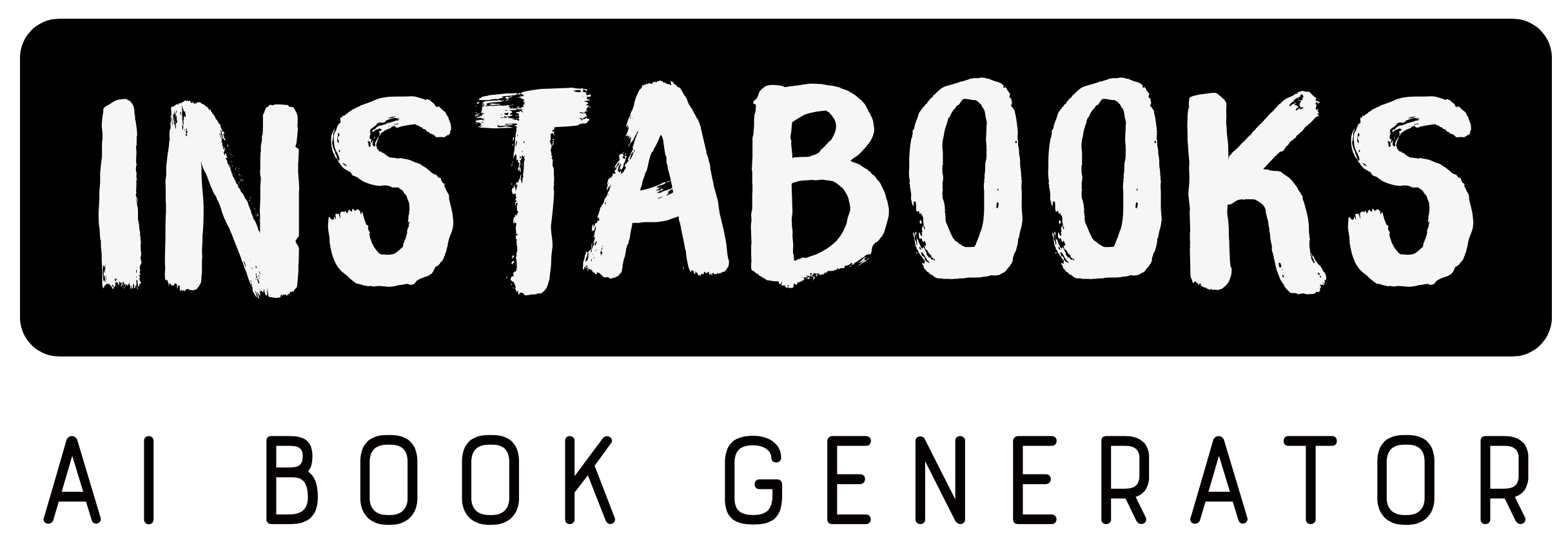
Preserve in the Heat
Mastering Food Safety in Challenging Climates
Included:
✓ 200+ Page AI-Generated Book
✓ ePub eBook File — read on Kindle & Apple Books
✓ PDF Print File (Easy Printing)
✓ Word DOCX File (Easy Editing)
✓ Hi-Res Print-Ready Book Cover (No Logo Watermark)
✓ Full Commercial Use Rights — keep 100% of royalties
✓ Publish under your own Author Name
✓ Sell on Amazon KDP, IngramSpark, Lulu, Blurb & Gumroad to millions of readers worldwide
$149.00
$299.00
Title
Exploring Food Safety in High-Risk Zones
In our rapidly warming world, effective food preservation is more crucial than ever, particularly in areas with extremely high heat indices. "Preserve in the Heat" delves deep into the science and art of food preservation, equipping you with both traditional and modern approaches that tackle the unique challenges of maintaining food quality and safety. From ancient drying methods to the cutting-edge technology of high-pressure processing and pulsed electric fields, this book offers a comprehensive guide to preserving food in high-risk environments.Traditional and Innovative Techniques
Food preservation is not just a matter of convenience; it's a crucial necessity in high-risk areas. This book provides an in-depth understanding of traditional techniques like drying, chilling, and fermentation, while also introducing you to modern methods such as irradiation. You'll explore how innovative technologies like HPP and PEF are paving the way for safer and more effective preservation—without compromising nutritional value. Each chapter offers insights into how these techniques can be applied globally, considering diverse climatic conditions.Packaging Innovations and Sustainable Approaches
Explore the fascinating world of advanced packaging materials and designs aimed at maintaining optimal temperature and moisture levels. Discover sustainable biological methods, including biofilm-based preservation and natural antimicrobial agents, that offer eco-friendly solutions to age-old preservation challenges. This book keeps you at the forefront of packaging innovations and their applications in global food safety.Global Trends and Current Challenges
High heat indices and climate variability present significant hurdles for food preservation, especially where advanced infrastructure is lacking. "Preserve in the Heat" tackles these pressing issues and showcases global trends in adopting modern preservation techniques and innovative solutions to maintain food integrity. By understanding these trends, you'll be better equipped to advocate for and implement necessary changes in food safety practices worldwide.Research and Future Directions
Backed by extensive research and case studies, this book explores ongoing investigations into cost-effective and sustainable preservation methods. As you delve into the data, you'll appreciate the impact of heat waves on food security and recognize the urgent need for innovative solutions. Embark on a journey of discovery with "Preserve in the Heat," and be inspired to contribute to the future of food preservation in high-risk areas.Table of Contents
1. Understanding the Heat Challenge- The Temperature Danger Zone
- Impact on Food Quality
- Strategies to Combat Heat
2. Traditional Preservation Methods
- Drying Techniques
- Chilling and Cooling
- Fermentation Processes
3. Modern Preservation Techniques
- Irradiation Explained
- The Science of HPP
- PEF Innovation
4. Packaging Solutions for Safety
- Advanced Material Innovation
- Temperature Control Systems
- Moisture Management Tips
5. Sustainable Biological Approaches
- Biofilm-Based Preservation
- Natural Antimicrobial Agents
- Eco-Friendly Methods
6. Global Trends in Food Preservation
- Regional Challenges and Solutions
- Adoption of Modern Techniques
- Sustainability in Focus
7. Addressing Infrastructure Gaps
- Challenges in Developing Regions
- Building Resilient Systems
- Policy Implications
8. Innovative Research Highlights
- Current Studies and Trials
- Thermal Adaptation Strategies
- Emerging Technologies
9. Case Studies and Practical Applications
- Successful Implementations
- Lessons Learned from the Field
- Scalability Considerations
10. Future Directions in Preservation
- Technological Advancements
- Collaborative Efforts
- Visions for the Future
11. Conclusion: Embracing Change
- Reflecting on Key Insights
- Implementing Knowledge
- Empowering Communities
12. Appendix and Resources
- Glossary of Terms
- Additional Readings
- Resource Contacts
Target Audience
This book is intended for food safety professionals, researchers, and students interested in food preservation strategies in challenging climates, as well as policy makers and industry leaders seeking sustainable solutions.
Key Takeaways
- Comprehensive understanding of food preservation techniques suitable for high-risk, high-heat areas.
- Insights into traditional and modern preservation methods, including drying, fermentation, HPP, and PEF.
- Knowledge of innovative packaging and sustainable biological approaches.
- Awareness of global trends, challenges, and infrastructure gaps.
- Inspiration for future research and collaboration on food safety.
